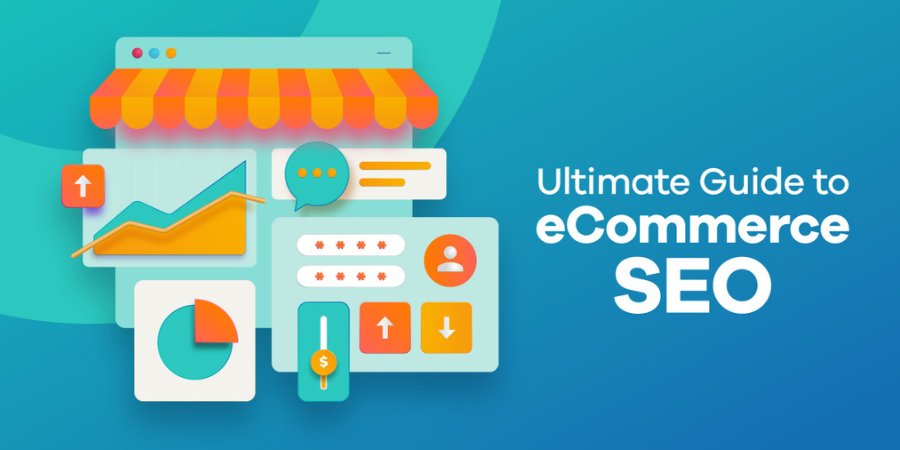So, what are the three types of web design?
In today’s digital era, a robust online presence holds the utmost importance for businesses and individuals aiming to connect with a global audience, so understanding what the three types of web design are, is crucial to getting the right website ‘fit’ for your business.
A finely crafted website acts as a virtual storefront, giving visitors a peek into what you offer. But web design isn’t a one-size-fits-all affair; it’s a multifaceted discipline that encompasses various approaches.
So, what exactly are these three web design types?
Web Design Type One: Static Web Design
The Traditional Approach Static web design marks the beginning of it all. Back in the early days of the internet, websites were primarily static—meaning their content remained fixed unless manually edited by a web developer. This approach remains relevant, especially for websites needing infrequent updates and straightforward functions.
The standout trait of static web design is its simplicity. These websites are built with HTML and CSS code and steer clear of intricate server-side technologies. They load swiftly, making them apt for businesses or individuals seeking an uncomplicated online presence without constant updates.
Static websites are a great match for small businesses, portfolios, and personal blogs. They’re cost-effective to develop and host, often boasting exceptional performance due to the absence of dynamic elements. However, they can quickly become outdated if not consistently maintained.
Web Design Type Two: Dynamic Web Design
Infusing Interactivity and Functionality This type of web design ups the ante by introducing interactivity and functionality. Dynamic web design takes advantage of server-side technologies like PHP, Python, or Ruby on Rails. These powerhouses generate content on the go, enabling user interaction with the site’s features.
A defining feature of dynamic web design is its ability to personalize content based on user interactions. E-commerce websites, social media platforms, and news portals exemplify dynamic websites. Users can create accounts, log in, post comments, and engage with others, creating an immersive and tailored browsing experience.
However, the complexity of dynamic web design has its trade-offs. These websites typically demand more resources, robust hosting, and ongoing upkeep. Plus, the development process can be more time-consuming and pricey due to backend programming and database integration requirements.
Web Design Type Three: Responsive Web Design
Embracing Every Device Responsive web design is an absolute necessity, adapting seamlessly to all devices like smartphones and tablets. This approach ensures websites appear and function flawlessly across diverse devices and screen sizes.
A responsive website automatically adjusts its layout, images, and content, ensuring an optimal user experience, whether on a desktop or a mobile device.
Responsive web design is vital for upholding a positive user experience. It obviates the need for crafting separate mobile versions of websites and aids businesses in reaching a broader audience. Google even prioritizes mobile-friendly sites in its search results, making responsive design pivotal for SEO.
To achieve responsiveness, web designers use flexible grid systems, media queries, and CSS techniques. They carefully consider the design’s elements and how they will adapt to different screen sizes, ensuring that content remains readable and navigable at all times.
We will guide you in choosing the right type of web design for your business!
When it comes to web design, the “one size fits all” approach doesn’t apply. The trio of primary web design types—static, dynamic, and responsive—each cater to distinct needs and objectives.
Static web design offers efficiency and simplicity, dynamic web design adds interactivity and functionality, while responsive web design guarantees your site shines on any device.
The choice of web design hinges on factors like your content’s nature, target audience, and budget. Before diving into the web design journey, it’s imperative to evaluate your goals and priorities.
Whether you’re an aspiring entrepreneur, a creative professional, or a blogger, your website serves as your digital footprint. Opting for the right design type will leave an enduring mark in the expansive realm of the internet.



